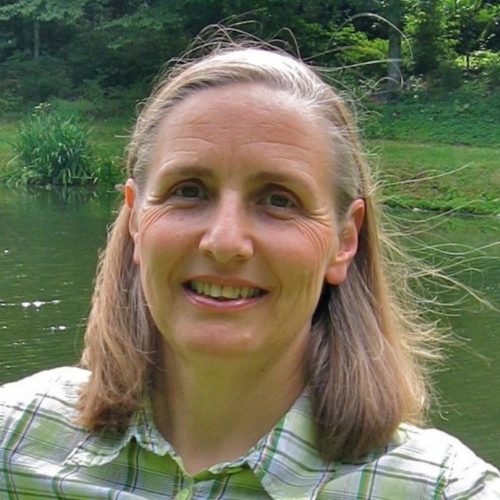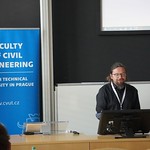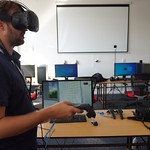Spatio-temporal modelling of changing topographies: from point clouds to tangible interfaces policy in 2022
Dr Helena Mitasova is a Professor in the Department of Marine, Earth and Atmospheric Sciences at the North Carolina State University in Raleigh where she also serves as an Associate Director and a Faculty Fellow at the NC State Center for Geospatial Analytics. Dr Mitasova has extensive expertise in the development of methods for spatial interpolation, topographic analysis, simulation of landscape processes and dynamic visualizations. She has co-authored more than 100 scientific papers, book chapters and articles on geospatial modelling, including the book on Open Source GRASS GIS. Her current research includes analysis of multitemporal lidar and UAS data,
tangible modelling environments for collaborative decision making, simulations of landscape process and geospatial analysis of human physiology data. She is a charter member of the Open Source Geospatial Software Foundation and recently served on its board of directors as Vicepresident. She is also a member of the GRASS GIS project steering committee and a fellow of the Geological Society of America.
Dr Mitasova is the recipient of the Sol Katz Award for exceptional Open Source Geospatial community service, Biennial Medal from the International Environmental Modeling and Software Society for outstanding contributions to environmental modelling and software, Waldo Tobler GIScience Prize for her outstanding and sustained contributions to the GIScience discipline, and the University Consortium for GIS Research award. She received her MS(Dipl. Ing) and PhD degrees in Geodesy and Cartography from the Slovak Technical University, Bratislava, Slovakia.
Abstract: The emergence of lidar technologies has redefined how we monitor, analyze and visualize earth surface. Elevation data now cover bare earth along with structures and vegetation over multiple time snapshots capturing dynamics of landscape processes, 3D evolution of vegetation as well as urban development at sub-meter resolutions. In this presentation, we explore GRASS GIS methods and tools for processing and visualization of multitemporal elevation data using several case studies. Urban topography is cost-effectively updated by fusing UAS survey data with existing lidar-based elevation models. Seamless elevation coverage is created from fragmented lidar and UAS data to capture dynamic coastal topography. Structure and changes in vegetation and crop canopy are analyzed from lidar point cloud data and canopy surface models generated from UAS imagery. Impacts of changes in topography and land cover are collaboratively studied using malleable physical models coupled with GRASS GIS in Tangible Landscape.








